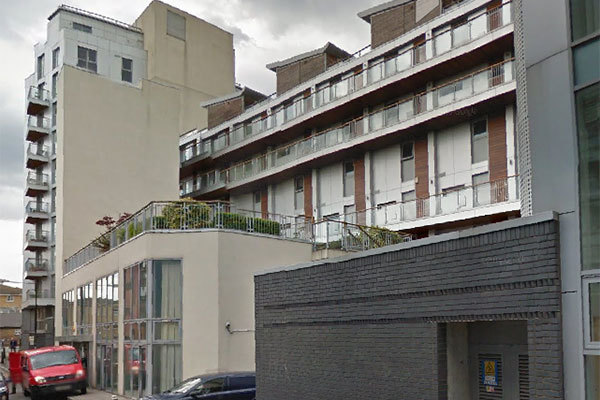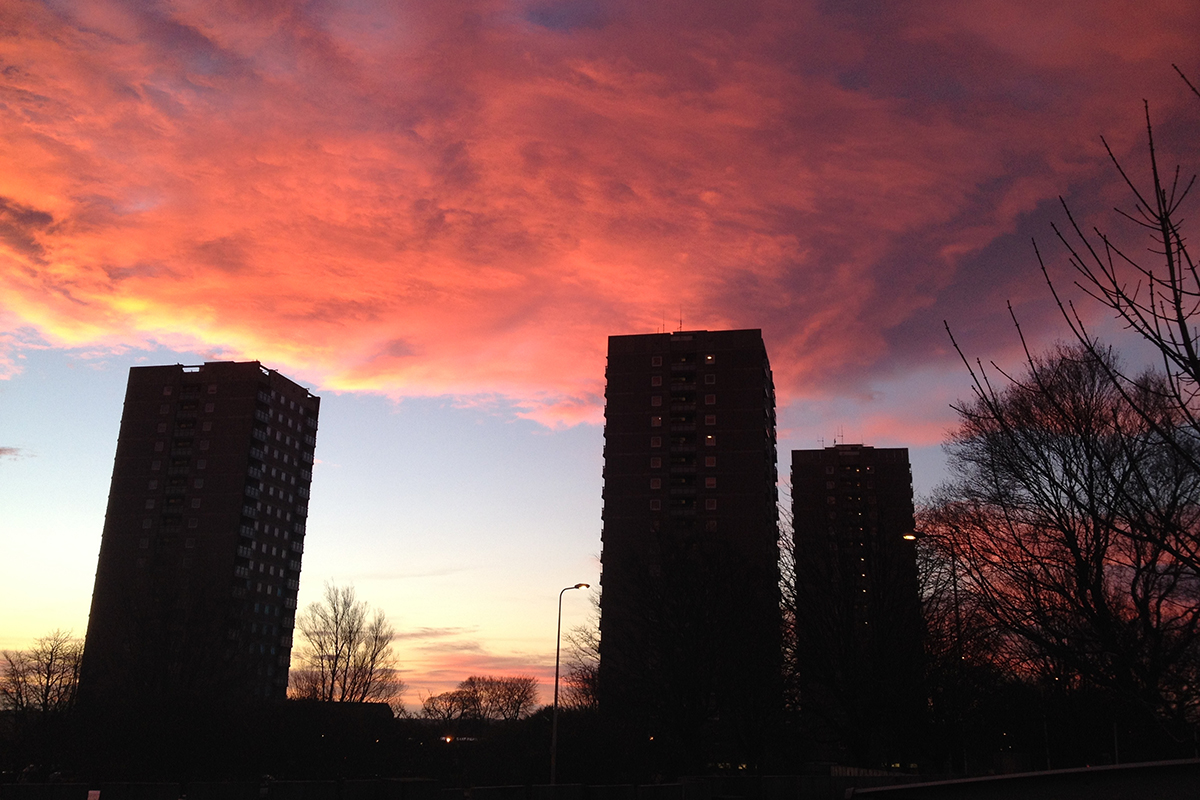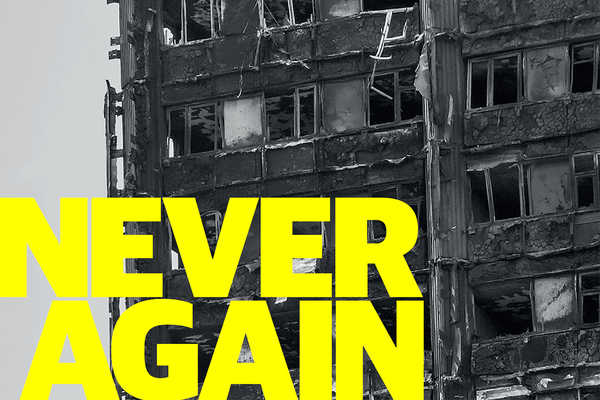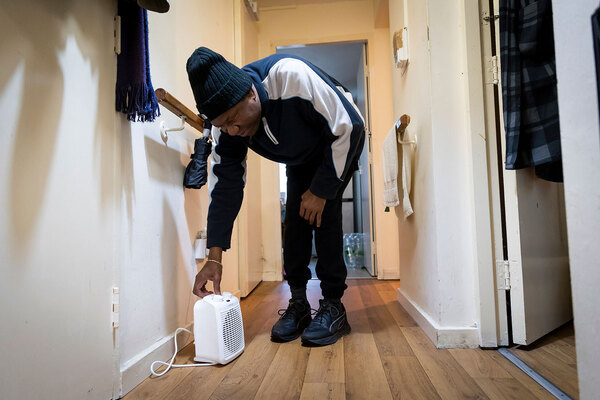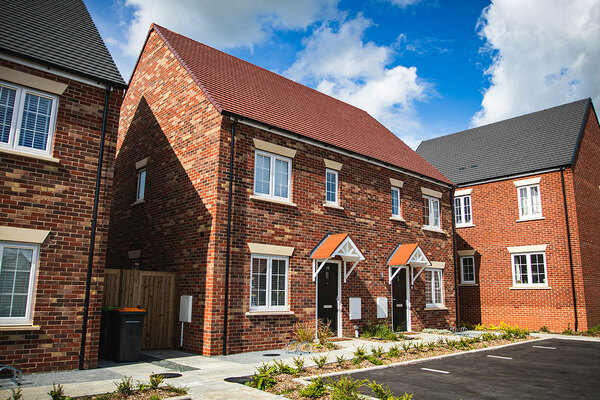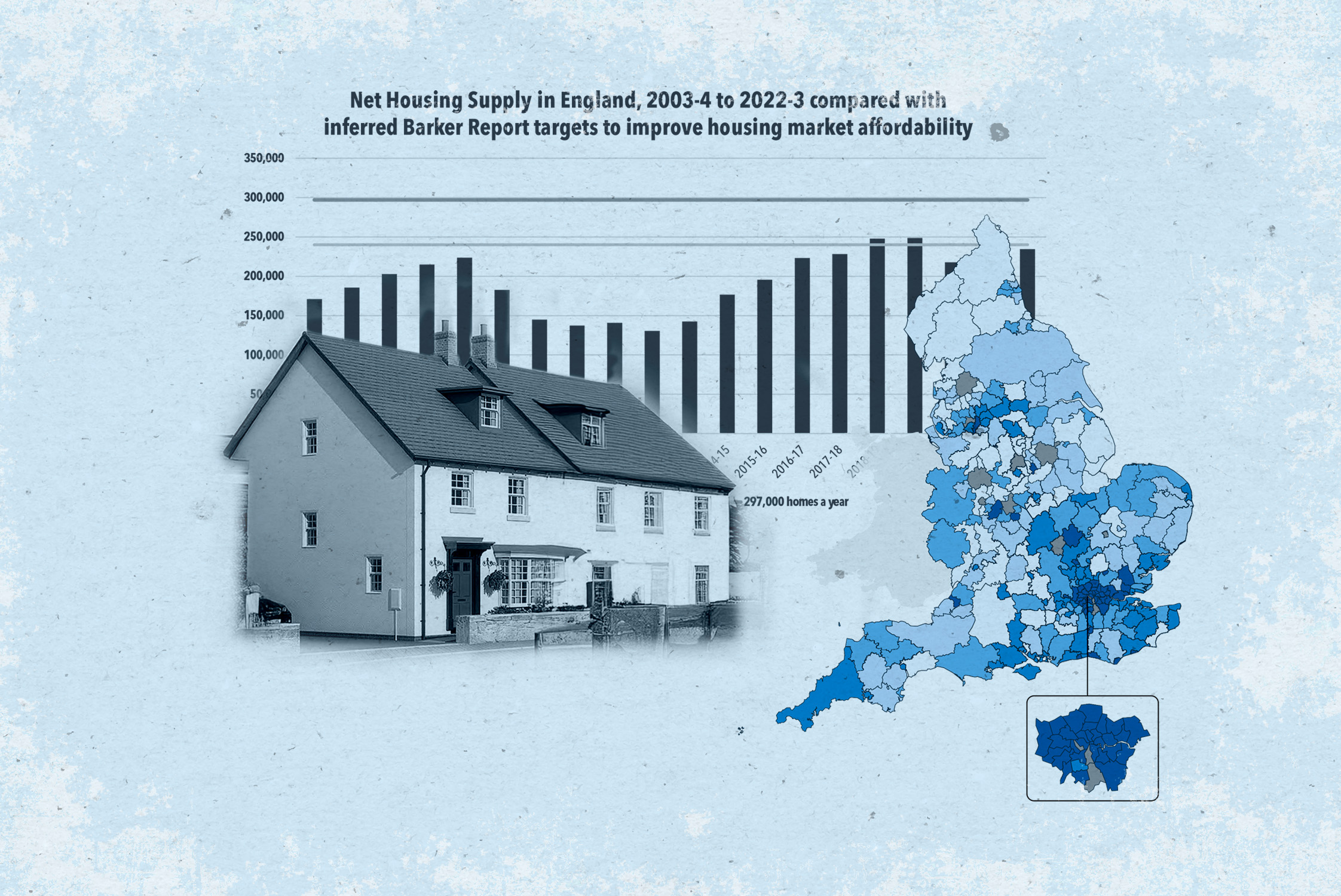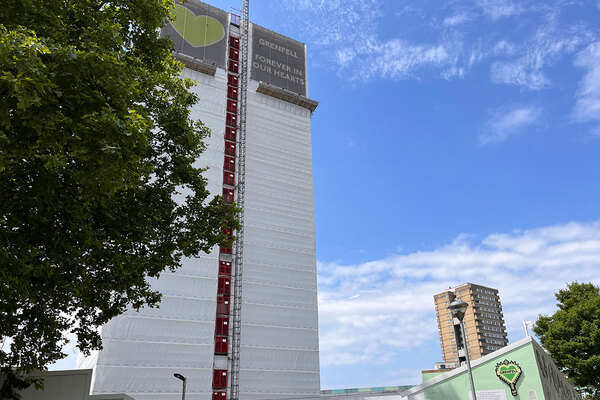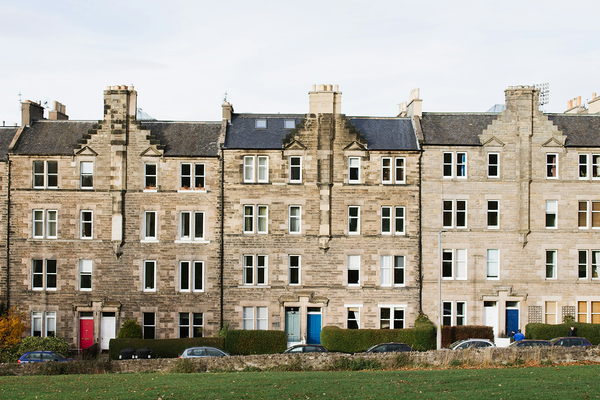You are viewing 1 of your 1 free articles
Tower with Grenfell-style cladding denied removal funding as it is 64cm too short
A social housing tower block with Grenfell-style cladding was denied funding for the removal of the dangerous material because it was 64cm too short, Inside Housing can reveal.
The government offered councils and housing associations access to a £400m pot of funding to strip dangerous combinations of aluminium cladding and insulation from high rises in June.
In October it allocated £248m of this cash to fund the removal works on 135 towers – but said it had denied funding to 12 blocks because they “didn’t meet the application criteria”.
In a Freedom of Information Act (FOIA) response to Inside Housing, the government confirmed that three of the buildings missed out because they were below the 18m which building regulations use to define a high rise.
The tallest of these buildings was 17.36m – just 64cm below the threshold – while the other two were 12m and 16.5m.
At 17.36m the building is highly likely to be six storeys high, like many of the blocks where cladding will be removed.
But because of its height, no funding will be provided and there is no legal obligation for the owner to remove the dangerous material. The identity of the tower has not been revealed.
It is understood the government is planning to review the 18m threshold which is in the current guidance.
Currently, there are no restrictions on using combustible cladding materials below that height.
Steve Reed, a Labour MP and campaigner on fire safety, said: "It’s nonsensical for the government to refuse funding because a building is a few inches too short for their random criteria.
"All flammable cladding on residential blocks needs to be removed, that’s the only way to give the building industry the clarity they’ve asked for, and the only way to guarantee there will be no more Grenfells."
In a series of questions about the cladding removal funding submitted under the Freedom of Information Act, Inside Housing also asked for the identities of the 12 councils and 31 housing associations which would receive cash.
But the Ministry of Housing, Communities and Local Government (MHCLG) refused, saying: “By listing the identities of the 12 local authorities and the 31 housing associations referenced, it is possible that a skilled researcher could use other information in the public domain to identify affected buildings.
“There are concerns that the addresses of tall buildings in residential use which have failed or are inferred to have failed cladding tests could be used by those with malicious intent to attack or otherwise compromise the safety of these buildings and their residents.”
The government also confirmed in the FOIA that 14 social housing towers have been identified with dangerous aluminium composite material (ACM) cladding.
In its FOI response, the government said “the costs of remediating unsafe ACM cladding should rightly be funded by the private PFI provider” at these blocks.
Of 160 social housing towers known to have dangerous ACM cladding, just 25% (37) have completed the removal work. A further 81 have started the process and work has not even begun at the remaining 42 – although there are plans in place.
A spokesperson for MHCLG said: “As a direct result of action we have taken, over 75% of social sector buildings with unsafe ACM cladding have either had their cladding replaced or work is under way right now to replace it. Plans and commitments are in place for the remaining quarter and additional safety measures are in place to keep people safe in the meantime.
“We are clear that replacing unsafe cladding must happen quickly, and we are working with local authorities and building owners in the private sector to ensure this happens.”
MHCLG responded to the information request two months after the legal limit of 20 working days.
Never Again campaign
In the days following the Grenfell Tower fire on 14 June 2017, Inside Housing launched the Never Again campaign to call for immediate action to implement the learning from the Lakanal House fire, and a commitment to act – without delay – on learning from the Grenfell Tower tragedy as it becomes available.
One year on, we have extended the campaign asks in the light of information that has emerged since.
Here are our updated asks:
GOVERNMENT
- Act on the recommendations from Dame Judith Hackitt’s review of building regulations to tower blocks of 18m and higher. Commit to producing a timetable for implementation by autumn 2018, setting out how recommendations that don’t require legislative change can be taken forward without delay
- Follow through on commitments to fully ban combustible materials on high-rise buildings
- Unequivocally ban desktop studies
- Review recommendations and advice given to ministers after the Lakanal House fire and implement necessary changes
- Publish details of all tower blocks with dangerous cladding, insulation and/or external panels and commit to a timeline for remedial works. Provide necessary guidance to landlords to ensure that removal work can begin on all affected private and social residential blocks by the end of 2018. Complete quarterly follow-up checks to ensure that remedial work is completed to the required standard. Checks should not cease until all work is completed.
- Stand by the prime minister’s commitment to fully fund the removal of dangerous cladding
- Fund the retrofitting of sprinkler systems in all tower blocks across the UK (except where there are specific structural reasons not to do so)
- Explore options for requiring remedial works on affected private sector residential tower blocks
LOCAL GOVERNMENT
- Take immediate action to identify privately owned residential tower blocks so that cladding and external panels can be checked
LANDLORDS
- Publish details of the combinations of insulations and cladding materials for all high rise blocks
- Commit to ensuring that removal work begins on all blocks with dangerous materials by the end of 2018 upon receipt of guidance from government
- Publish current fire risk assessments for all high rise blocks (the Information Commissioner has required councils to publish and recommended that housing associations should do the same). Work with peers to share learning from assessments and improve and clarify the risk assessment model.
- Commit to renewing assessments annually and after major repair or cladding work is carried out. Ensure assessments consider the external features of blocks. Always use an appropriate, qualified expert to conduct assessments.
- Review and update evacuation policies and ‘stay put’ advice in the light of risk assessments, and communicate clearly to residents
- Adopt Dame Judith Hackitt’s recommended approach for listening to and addressing tenants’ concerns, with immediate effect
CURRENT SIGNATORIES:
- Chartered Institute of Housing
- G15
- National Federation of ALMOs
- National Housing Federation
- Placeshapers

